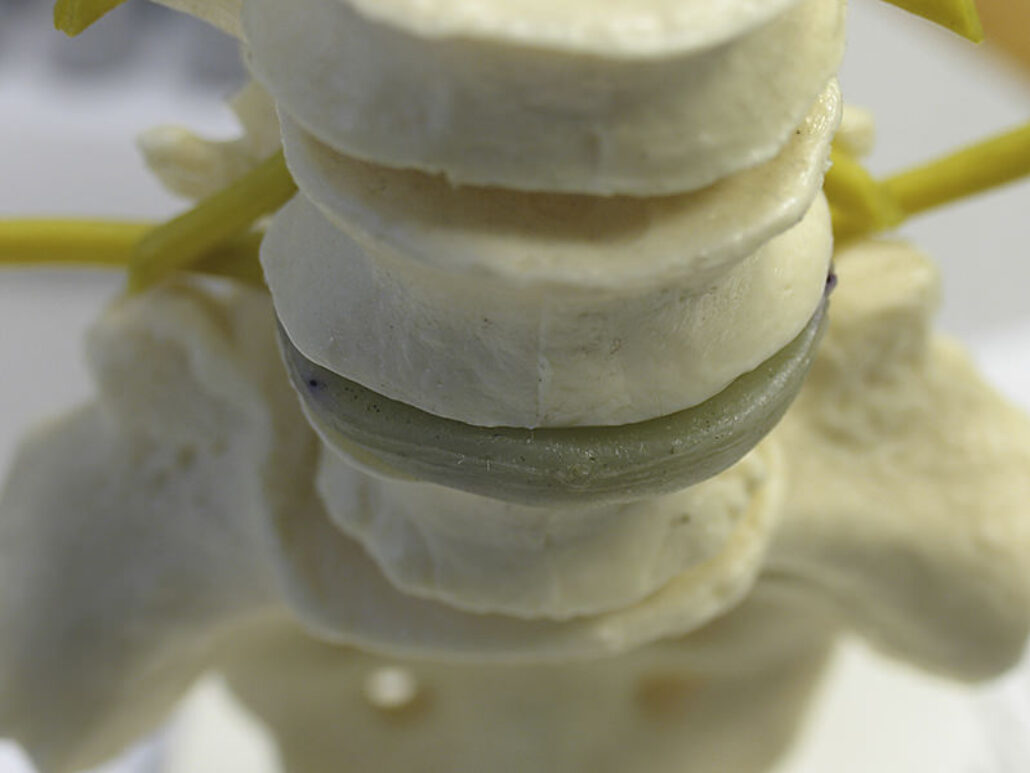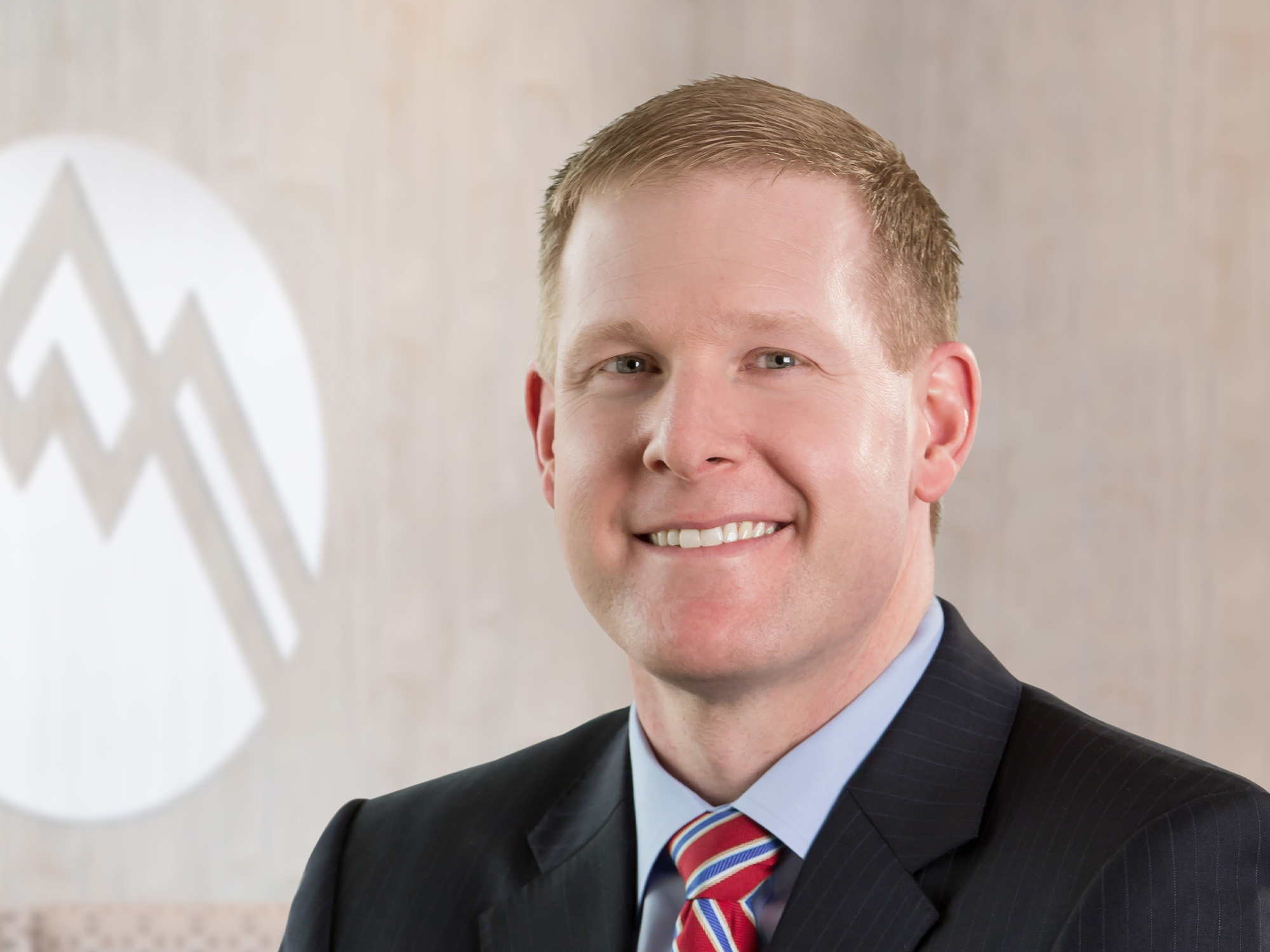This surgical treatment promises pain improvement and better functional outcomes for some back conditions. We explain how patients are evaluated for this surgery.
Chronic back pain will affect 80 to 90 percent of us at some point in our lives. On any given day, almost two percent of our country’s workforce is disabled by back pain. Many conditions, including osteoporosis, fractured vertebrae, bulging and herniated discs, and compressed spinal nerves, can cause pain and may require surgery. When pain becomes severe and can’t be controlled by conservative treatments, evaluation by a spine surgeon is recommended.
Technologies and surgical expertise in spine procedures are always advancing. Over the last few years, implantable devices have been developed and approved by the FDA to replace diseased or damaged discs in the spine. The use of these devices in total disc replacement procedures provides a surgical option with shorter post-surgical recovery times and outcomes that preserve the patient’s natural range of motion and function.
Another advantage of total disc replacement surgery may be an improvement in long-term surgical outcomes. Historically, patients undergoing fusion surgery do well for about five years following the surgery. However, at the five-year mark, a percentage of patients experience deteriorization of the discs above and/or below the point of surgery. Although studies analyzing total disc replacement outcomes are still in progress, we are already seeing a lower rate of adjacent disc deteriorization at five years with disc replacement compared to fusion outcomes.
The conditions that can be treated with disc replacement surgery are limited by a number of factors. Generally, good candidates for disc replacement have:
- Back pain caused primarily by one or two intervertebral discs.
- No significant facet joint disease or bony compression on nerves.
- A healthy weight.
- No prior major spine surgery.
- No deformity in the spine, such as scoliosis.
Each back pain patient is unique, and a thorough examination and diagnosis by a spine specialist is the best way to evaluate appropriate treatment. The spine surgeons at Summit are closely following advancements in the design of implants, in the development of tools to better diagnose the source of pain, and in surgical techniques. We are committed to offering a full range of available treatment options to help our patients regain normal function and a full active lifestyle.
Summit Orthopedics offers comprehensive spine expertise
Our back specialists diagnose spine problems and design custom treatment plans built on a conservative, nonsurgical approach. Most patients find relief through treatments including guided injections, specialized physical therapy, biofeedback, exercise, activity modification, and medication. When conservative care does not relieve symptoms, our highly skilled surgeons offer proven, evidence-based surgical options. Together with you, we will determine the right course of action.
Start your journey to a healthy spine. Find your spine expert, request an appointment online, or call us at (651) 968–5201 to schedule a spine consultation.
Summit has convenient locations across the Minneapolis-St. Paul metro area, serving Minnesota and western Wisconsin. We have state-of-the-art centers for comprehensive orthopedic care in Eagan, MN, Plymouth, MN, Vadnais Heights, MN, and Woodbury, MN, as well as additional community clinics throughout the metro and southern Minnesota.
More resources for you
- Benefits Of Cervical Disc Replacement
- Summit Orthopedics: A Leader in Total Disc Replacement Surgery
- Learn more about: Surgical Spine Procedures

